| Description | An older cultivar of H. paniculata hard to find in the nurseries and garden centers. Has been superseded by many newer cultivars. |
|---|---|
| Pronunciation | (hy-DRAN-je-ah)(pah-nik-yew-LAY-tah) |
| Plant Type | All Plants, Shrubs Deciduous |
| Hardiness Zone | 3-8 |
| Sunlight | full to partial sun |
| Moisture | average, moist |
| Soil & Site | average |
| Temperature | I may be stepping out on a limb with this statement but I have noticed that we get bigger and more blooms when the winter was colder, as compared to mild winters? |
| Flowers | Large, heavy pyramidal panicles containing sterile and fertile flowers. Color will start white and changing to pink in the fall than finally brown. Can be used for dry flowers. |
| Leaves | The leaves are opposite, simple, elliptic or ovate. Stems are reddish brown, old stems can have a gnarled appearance. The main stem has a layered look created by the healed areas, where the side branches were removed. |
| Dimensions | The tree form is made by forcing a cutting to grow straight, than pinching the tip to form the crown of the plant. I have seen plants as tall as 8+ feet with a spread of over 6, normally smaller. |
| Maintenance | The blooms are formed on the new wood. Pruning in the fall or early spring will produce lots of new wood. At this time you can control the height, spread and shape of the plant, by the amount that is pruned. I like to use a pruning shears not hedge shears. With pruning shears I can better control the shape and the cuts are more precise. Thinning can help reduce some of the weight off the branches. The flowers can become very heavy, especially after a rain.. |
| Propagation | cuttings |
| Native Site | Japan, China, Taiwan |
| Author's Notes | Have used many of these in landscape jobs over the years. It can't over stated the need to prune these plants each year. It increase flower production and lessen the chance for breakage of the branches. The straight species PG Hydrangea is hard to find in the trade. It has been superseded by many newer and improved cultivars. |
| Notes & Reference | #01-Manual of Woody Landscape Plants (Michael Dirr), #03-The Hillier Manual of Trees and Shrubs (Hillier Nursery), #55-The Garden Book for Wisconsin (Melinda Myers) |

Cart
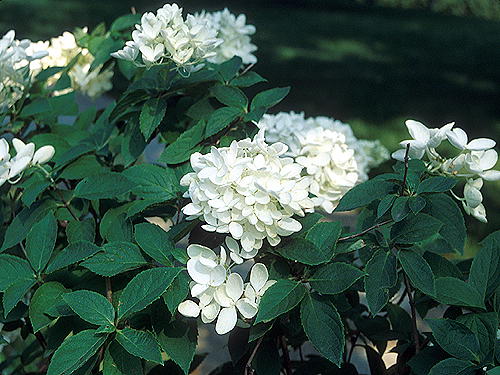
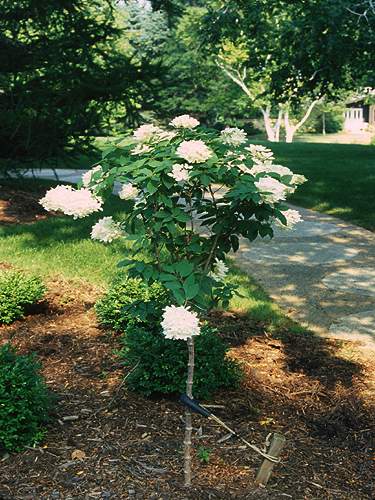
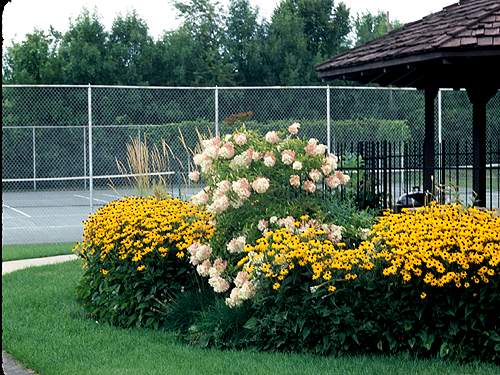
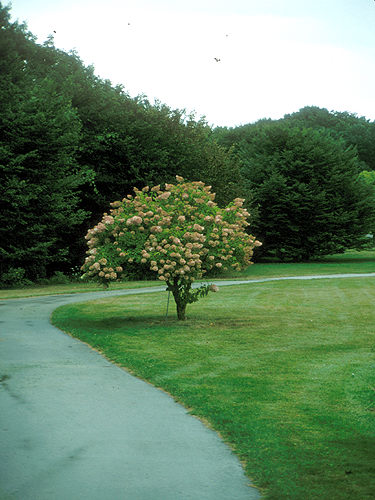
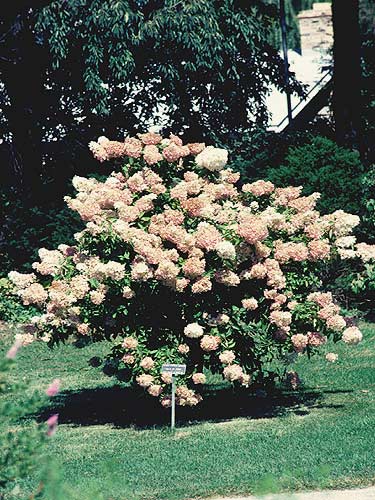
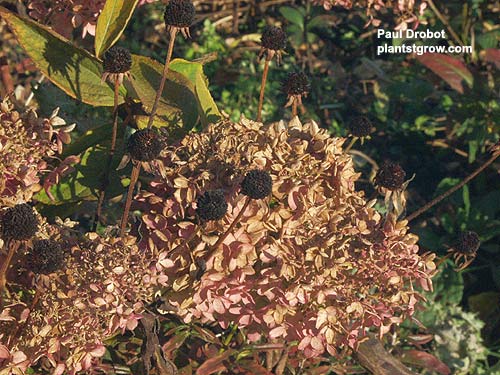
-03(35) copy.jpg)
-06(35) copy.jpg)
-19B(35) copy.jpg)
-05cmxWHd.jpg)
-10cmx.jpg)
-09cm.jpg)
-04cm.jpg)
-02cm.jpg)
